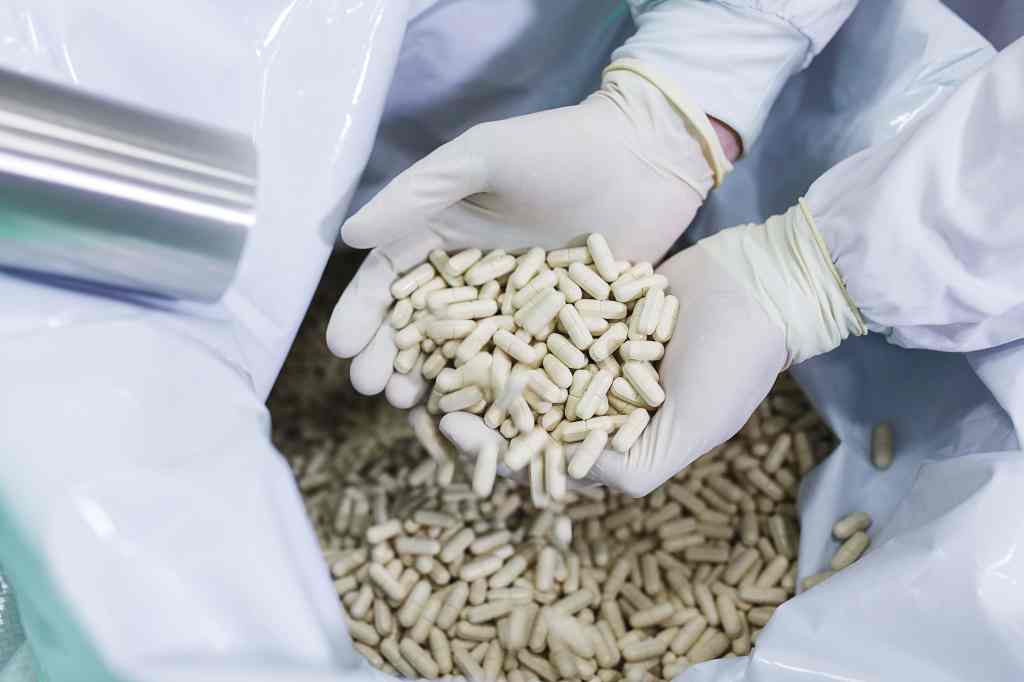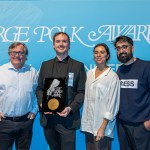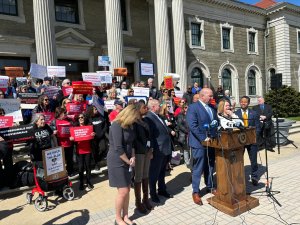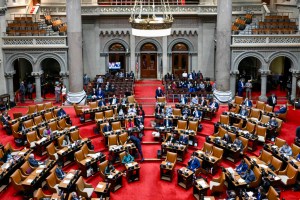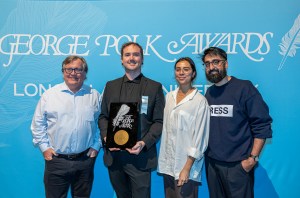Since the end of the Cold War in 1991 and the resulting demise of Long Island’s once mighty aerospace and defense industry, local leaders have been searching for a new economic engine to fuel the region.
The software industry was once seen as a possibility, but the largest of the companies, now called CA Technologies, sputtered in scandal and moved its headquarters from Islandia to Manhattan. Biotech was also once a possibility. But a bio-tech park in Farmingdale failed to get off the ground, and new companies did not materialize.
But while the leaders were searching about, one industry that had been overlooked was growing: pharmaceuticals. That includes companies that manufacture over-the-counter and prescription drugs, others that package them, and still others in the process of marketing and selling everything from cold and sore-throat pills to weight-reduction formulas.
“Yes, these types of companies are growing,” says John Lombardo, associate vice president of workforce and economic development at Suffolk County Community College, who has monitored LI’s economy for more than two decades. “They do employ a lot of people because some of these companies run three shifts a day. Some of these companies have two locations on Long Island and some have more than five or six.”
Suffolk County Executive Steve Bellone says that pharma has been a quiet economic engine.
“As a driving force in our region’s innovation economy, the pharmaceutical industry is responsible for the creation of thousands of high-quality, high-paying jobs for Suffolk County residents,” he says. “For more than five decades, it has silently woven itself into the fabric of our business community. My administration is proud to play its part in supporting the network of companies that lead and support the industry’s expansion and we will continue to explore new pathways with our economic development partners to keep it moving forward.”
New York State employment data supports the idea that the pharma industry is growing on the Island. In 2018, the industry employed about 13,007 people in Nassau and Suffolk counties, up from about 10,000 a decade ago. State figures say the industry tends to be high paying, having spent about $293 million in wages in 2018, up from about $500,000 in 2003. The industry employees a number of scientists and researchers, whose salaries are in the six-to-seven-figure range.
There are about 25 companies in the industry, the majority of them in Suffolk, where land prices are cheaper.
Shatel Patel, Long Island regional economist for the state labor department in Hicksville, characterizes employment growth in the pharma industry here as “moderate,” but says the industry is “one of the drivers of manufacturing overall on Long Island.”
“The pharmaceutical and the food and beverage industries have been increasing manufacturing on Long Island,” Patel says.
The largest of the companies on the Island is Amneal Pharmaceuticals, a nearly $2 billion corporation headquartered in New Jersey that employs about 1,100 in Suffolk, according to a company spokesman. In February, Amneal said it is planning another expansion of its huge office and factory in South Yaphank, adding that the move will create about 400 new jobs in the next year or so. Amneal is the fifth-largest U.S. manufacturer of generic drugs.
Less-well-known companies in the industry are also growing. Mark Wolf, president of Contract Pharmacy Corp, says that the company operates out of 11 buildings in the Hauppauge Industrial Park. The company, founded in 1971 in a former gasoline station in Danbury, Conn., moved to LI in 1975 and has about 1,000 employees. The privately held company does several hundred million in sales a year.
“We’ve had tremendous growth in the last three years,” says Wolf, son of the founders, his parents, John and Harriet Wolf. The company recently added hemp, a dietary supplement, to its core products of over-the-counter drugs.
ScieGen Pharmaceuticals in Hauppauge is only eight years old but already has 300 employees and is planning to add a new building, which will mean adding another 200 to 300 workers, says Siva Reddy, the company’s vice president of formulation. The company works on drugs to treat hypertension and other prescription drugs.
“Business has been good,” Reddy says.
Suffolk and the Towns of Islip and Brookhaven have been particularly active in providing pharma companies with tax breaks and other incentives, to make sure they remain here and to help them grow.
Some recent examples:
Amneal received a $600,000 rebate check from the local utility tied to a $150 million energy efficient project it recently completed in South Yaphank. Amneal is also eligible for up to $3 million from New York State for the energy-efficiency project.
A&Z Pharmaceutical Inc., a manufacturer of dietary supplements, was granted $742,500 in tax breaks and a 55 percent reduction in property taxes over 10 years, by Suffolk’s Industrial Development Agency.
Evaric Pharmaceuticals in Hauppauge, a generic drug maker, is working with the Suffolk IDA, which has voted to approve tax breaks to assist with development plans.
But the industry is not without its problems. With unemployment low on the Island, finding and retaining scientist and technicians is difficult, says Wolf, of Contract Pharmacal.
“We take from one another,” Wolf says.
Others in the industry, who asked to remain anonymous, are not as diplomatic.
“We steal from one another,” one says. The competition for top-flight scientists and engineers is intense, and can impact the bottom line.
Food and Drug Administration regulations can be arduous and expensive for companies to comply with. And the industry is intensely competitive, so much so that companies are even naming the OTC brands they supply. Even such small knowledge might provide a competitor with valuable information.
Will all this be the prescription for what ails LI’s economy? As they say, results may vary.



